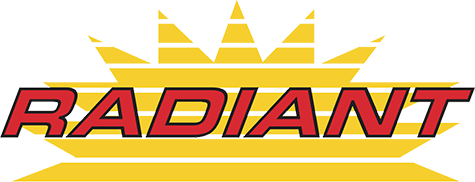Insufficient insulation can cost you in terms of comfort and money, regardless of whether it is summer or winter. Many homes built prior to 1980 were insulated without the products, techniques, and knowledge that is used in homes built in more recent years. Fortunately, adding insulation to an existing home is a simple project that can eliminate uncomfortable drafts, allow for more even heating and cooling, and help you save 10-50% on your heating and cooling costs over the long term. If you’re wondering what upgrading or adding to your home’s insulation truly means, keep reading for more information about this process.
Energy Audit
While an energy audit is not always necessary, this service can help you and your insulation installer determine exactly where and how much new insulation is needed in your home. During an energy audit, your entire home will be checked for issues such as poor weatherstripping, insufficient insulation, areas that allow for air exchange with the outdoors, and other issues that could be causing energy loss or a reduction in home comfort. Armed with this information, your insulation installer can determine which areas of your home need the most attention and how much insulation should be added to improve the energy efficiency of your home.
Adding Insulation to the Attic
Adding insulation to an unfinished attic is one of the easiest upgrades you can make. Your insulation installer can simply add fiberglass batting or spray foam insulation into the floor and sides of your attic to keep heated or cooled air from escaping into this space. If you have a finished attic or plan to finish your attic, the best solution may be to add insulation along the outer edges of the walls instead, where your roof meets your home. Insulation can be laid or sprayed directly between the joists in an unfinished space; in an attic that has already been finished, small access holes may be cut into the drywall or exterior of your roof to blow insulation into place with a minimum of disruption to your attic’s finished surfaces.
Adding Insulation to Your Walls
If the walls in the occupied spaces of your home need additional insulation, a small hole can be cut in your siding or drywall and a hose inserted through the hole into the cavity behind your walls. Loose insulation is blown into place, then the hole is patched to restore the surface after the process is complete. In some cases, it may be best to remove a larger portion of the drywall to insert new insulation—if you’re planning a remodel, it can be the perfect time to upgrade the insulation in renovated areas of your home as well. Talk to your insulation installer about your options; if you are concerned about damage to your siding or your walls, you and your installation service can explore other solutions to your energy loss problems in these areas.
Working with an experienced insulation professional will ensure that your Long Island home’s insulation is upgraded properly so you can begin benefitting from improved home comfort and lower energy bills immediately. We invite you to take a look through our website for detailed information about the insulation products and energy efficiency services we offer.

